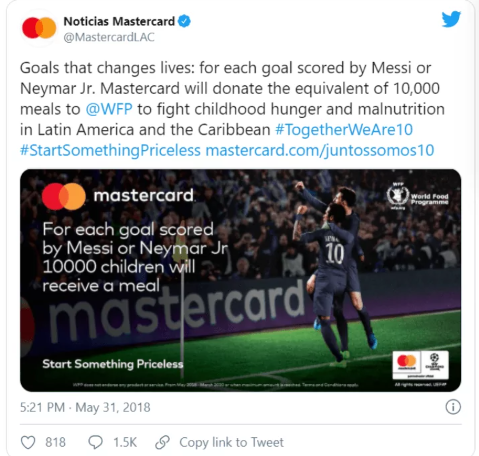Display ads give advertisers limited space and time to grab the audience’s attention. Only some advertisers know how to seize this opportunity and make the most out of it. Just like you need to know all the best things to create a good display ad, you should also know all the bad things that can make your ad a huge marketing disaster.
Recently, I came across one such ad, which instantly made me think about what state of mind an advertiser will be in while publishing it. I couldn’t wrap my head around it. I started finding more examples of disastrous ads and concluded that there are certain things marketers must avoid to ensure that they don’t offend the audience or give them any chance to laugh in their faces.
Here is the ad I am talking about:

I found this ad pretty offensive, and I’m sure you’d feel the same way. I think there must be a checklist for advertisers so that every time they make an ad, it goes through a certain process to ensure that it doesn’t fall into any categories such as racist, exploitation of social issues, sexist, negative encouragement, unethical, insensitive, or false advertisement.
I pity those who still don’t understand that racist ads, remarks, and comments are not okay. In the example above, the selection of words offended me the most. The marketer has conveniently associated white with purity, cleanliness, and brightness. Isn’t it pathetic to think that to look clean, bright, or pure, one has to look white? Why?
After several failed attempts by marketers to advertise their products to encourage fair skin complexion, they still have the guts to make more of such ads. It shows that it’s something they don’t understand. What’s even worse is that a few such ads are still working as some people are still obsessed with having fair skin tone.
However, it was a relief to know that most people worldwide felt the same about this ad. It failed miserably, leaving another example of “What not to do.” It made people rethink about the selection of brands they consume. It damaged the reputation of Nivea, and it had to apologize for hurting the public’s sentiments. However, it didn’t resolve anything.
Reputational damage is not limited to one place nowadays. If a controversy has occurred, it will remain on the Internet forever. There should be checks and balances on display ads to ensure that only good ones get approved for publishing. Just like the censor board works for the entertainment industry to ensure that people don’t get to see anything bad on the big screen, which doesn’t comply with the policies and its rules, it should be the same for the display ads.
The target audience nowadays is mostly Gen Z who are much more aware of their choices and opinions, unlike their older generations. So, they don’t accept anything negative on their mobiles and computer screens, which is against their moral values or ethics, while browsing the Internet.
The most important takeaway from such poor display ads is that brands must realize the responsibility they have. Having an established name plastered on a product means they can’t exist in a bubble anymore.
Controversial ads like this can easily harm their image and change the customers’ perception of the brand. It is a great example because Nivea, which used to be a wholesome family-friend product, went under hot water after this ad. So, the brands must censor the message and content they display through ads. They must put some filters in place to ensure that they don’t put anything disturbing or offensive on the Internet. A problematic campaign is never a good deal for marketers, which puts their brand or company in a critical position to earn back the customers’ trust.
While searching for more problematic and disastrous ads, I noticed that most ads fall into the category of racism. So, it is a huge “No-Go Area” for advertisers and markets. At the same time, I found a lot of other ads as well, which advertisers must have double-checked before publishing on the Internet. Well, it’s too late now for them.
Here’s another sad example:

Did it hit you the same way it did to me? Having a first look at it would make anyone feel like something is wrong with this ad or the thought process of the ad publisher. This ad is why Mastercard charity made it to the list of controversial ads. It used the wrong tactic of gamifying starvation, which people condemned. It got negative attention from the general public to marketing professionals.
To get publicity and revenues, the brand stooped to a lower level. It also shows that there was a lack of judgment on their behalf. So, what’s another takeaway? Taking advantage of social issues to promote the business should not be acceptable. If you find any of such ads, skip or report them. Simply put, brands need to be authentic and sincere with their target audience, which is much more educated and well-aware.






